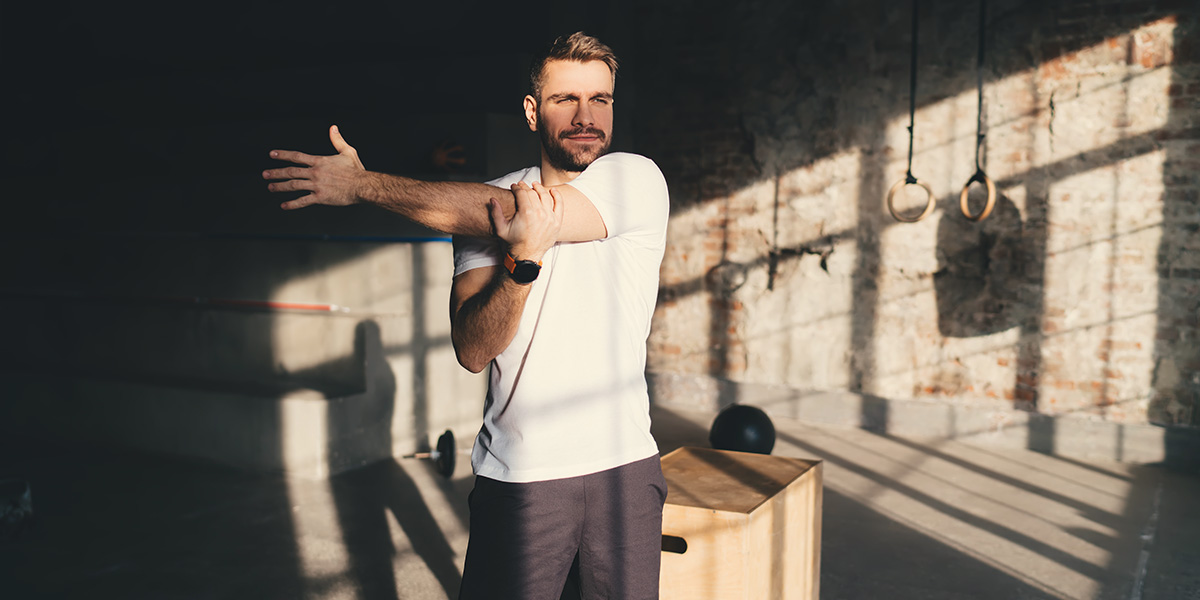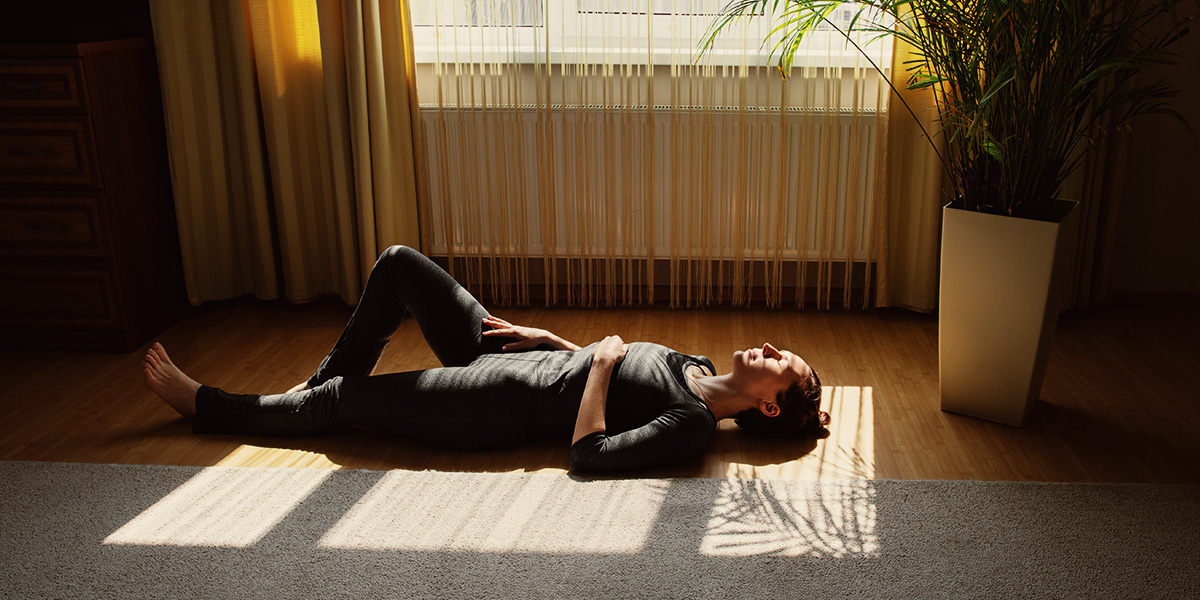Mission accomplished: You’ve just run your first 5K or 10K – that’s quite a feat. Few people are able to run that far. Now, how do you recover effectively to stay in top shape?
How to start exercising and stick with it
Enjoying exercise and making it a part of your everyday routine may be easier than you think. Here are 4 tips to get you started.

You don’t have to be a fitness buff to preach the power of regular physical exercise. Moving our bodies feels good and it delivers a ton of health benefits:
- It supports good mental health. Physical exercise helps keep stress hormones – like cortisol and adrenaline – in check, which improves mood and sleep quality. Aerobic exercise, like brisk walking, swimming, or cycling, also boosts endorphins, the feel-good hormone. Exercise also make us more resilient and helps us bounce back from stress faster.
- It reduces the chance of chronic conditions. This includes type 2 diabetes, many types of cancer and heart disease. It also helps you sleep better.
- It enhances cognitive function. Exercise is great for our brain. It has a positive effect on our memory and thinking. In fact, people who exercise regularly tend to have a larger hippocampus – a part of the brain responsible for memory and thinking.
- It supports good social connections. Physical activities are a great way to meet other people. Maybe you play a team sport like volleyball or baseball. Or perhaps you like to meet up with friends for a cycle. Exercising with friends and family can build bonds, including between parents and children.
Despite all these benefits, making exercise a priority is not always easy. It often takes a back seat when we’re juggling family, work and other commitments. But a simple shift in mindset can make physical activity feel like an essential part of daily life. We’ve got four tips to get you started. They’ll help you:
- achieve meaningful behaviour change
- make small improvements day by day
- prioritize daily movement
Focus on getting healthier over healthy
What does it mean to be “healthy”? When it comes to flexibility, speed, stamina, strength – or any other indicator of physical fitness – we all have our own unique starting point. This means that improving health looks different and means something different for everyone.
Health is not a destination, but rather a journey with continuous opportunities for improvement. By grounding your journey in feeling better, getting stronger, moving more easily – or whatever your goals may be – you can make progress.
Here are three ways to shift from a one-size-fits-all approach to fitness to a personal approach:
- Identify ways you can feel mentally and physically better over time.
- Take small, manageable steps every day and celebrate your progress.
- Notice how you’re getting healthier compared to before:
- You can play with your kids without getting as tired as you used to.
- You find it easier to pick things up or carry things around.
- You feel more energized throughout the day.
- You have coping strategies that help you manage daily stress.
Focus on effort over ability
Respect your limits and what your body can do for you. Instead of focusing on mastering a specific skill, focus on the work you're doing to achieve that goal. For example, you might not yet be able to run non-stop for 30 minutes. But you can run a few minutes at a time and walk in between.
When you’re not feeling as strong or as capable, focus on what you’re able to achieve that day. Here are a few ways to know if you’re putting in the effort:
- You feel some level of discomfort during your workout, but no pain.
- You feel energized, but not completely wiped out.
- Over time, you find that you can do more with less effort.
Focus on action over outcome
Goals can be strong motivators to keep you moving. However, your daily actions matter just as much as the goals you reach.
Here are examples of daily actions that make a difference and help you get closer to your desired outcome:
- Go for daily walks to prepare for an intense hike this summer.
- Stretch every day to increase your mobility, so you can squat more weight safely.
- Take virtual dance classes so it’s easier to play with your grandkids.
- You do breathing exercises after work to help reduce stress.
Focus on lifestyle over routines
Achieving a fitness goal requires some discipline. Unfortunately, sticking to a specific routine can be a challenge, especially when we feel forced to do something. Long-lasting behaviour change is only possible when we find workouts and activities we enjoy.
When it comes to your physical fitness and health, make sure your routine is:
- Sustainable. You want to ensure you’re able to physically do your workout. Going to the gym for an hour each day may not be sustainable for everyone.
- Accessible. Is it more accessible for you to workout at home during the week instead of going to the gym?
- Joy. Does it make you happy? Do you enjoy the activities you’re doing?
It’s important to find easy and enjoyable ways to fit exercise into your life. And remember to adapt when you need to. Some days, you might go for an intense hour-long yoga class. On other days you might follow a shorter, gentler at-home virtual session.
Here are some simple signs that you’re making positive behavioural and lifestyle changes, without hard-and-fast rules:
- You make time to move often, whether it’s one hour or 10 minutes.
- If you miss a workout, you don’t feel guilty.
- You’re excited to move your body in different ways.
Keep reading:
4 ways to reduce stress with self-care
5 tips for working out at home
What to do if you’re not getting enough sleep



